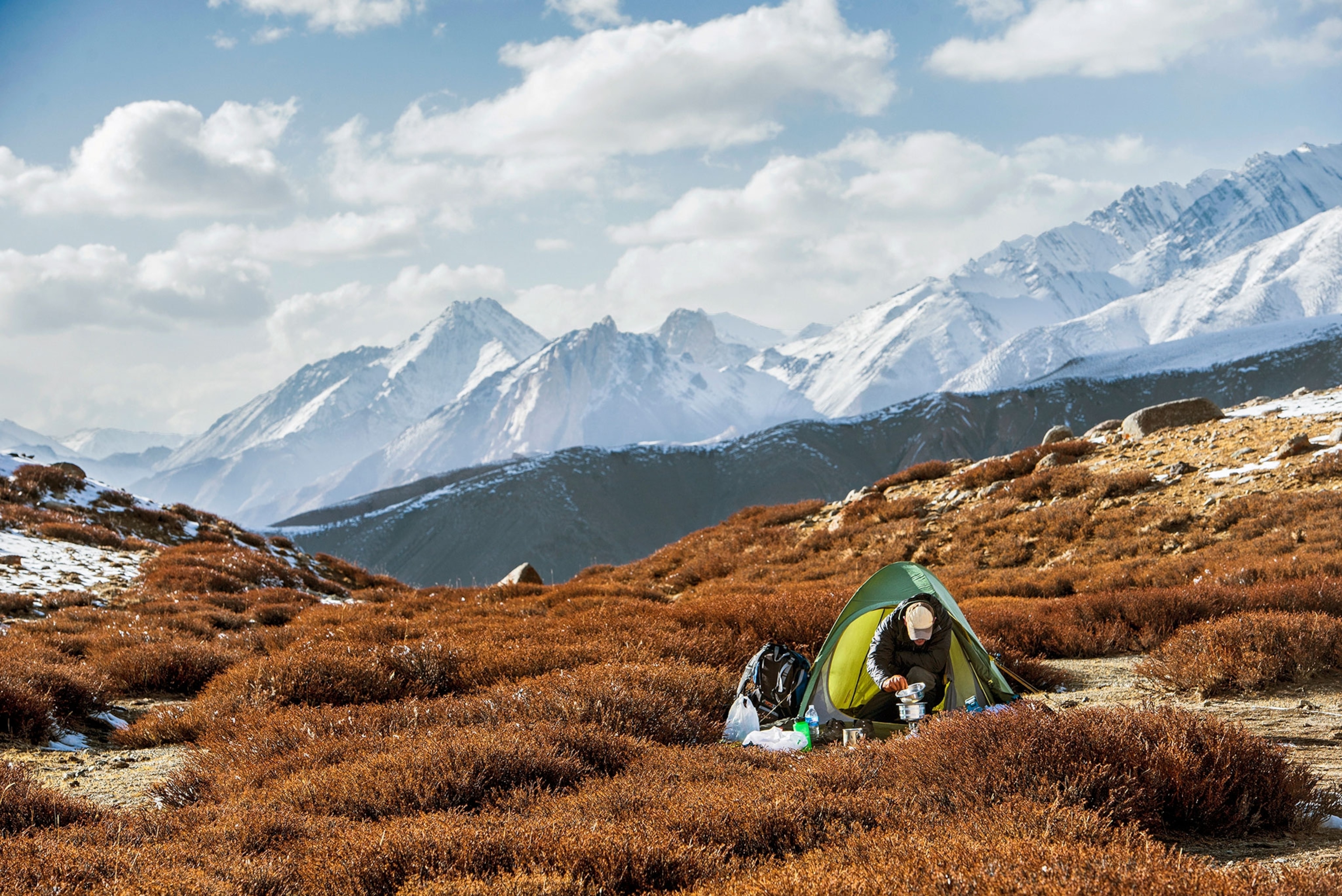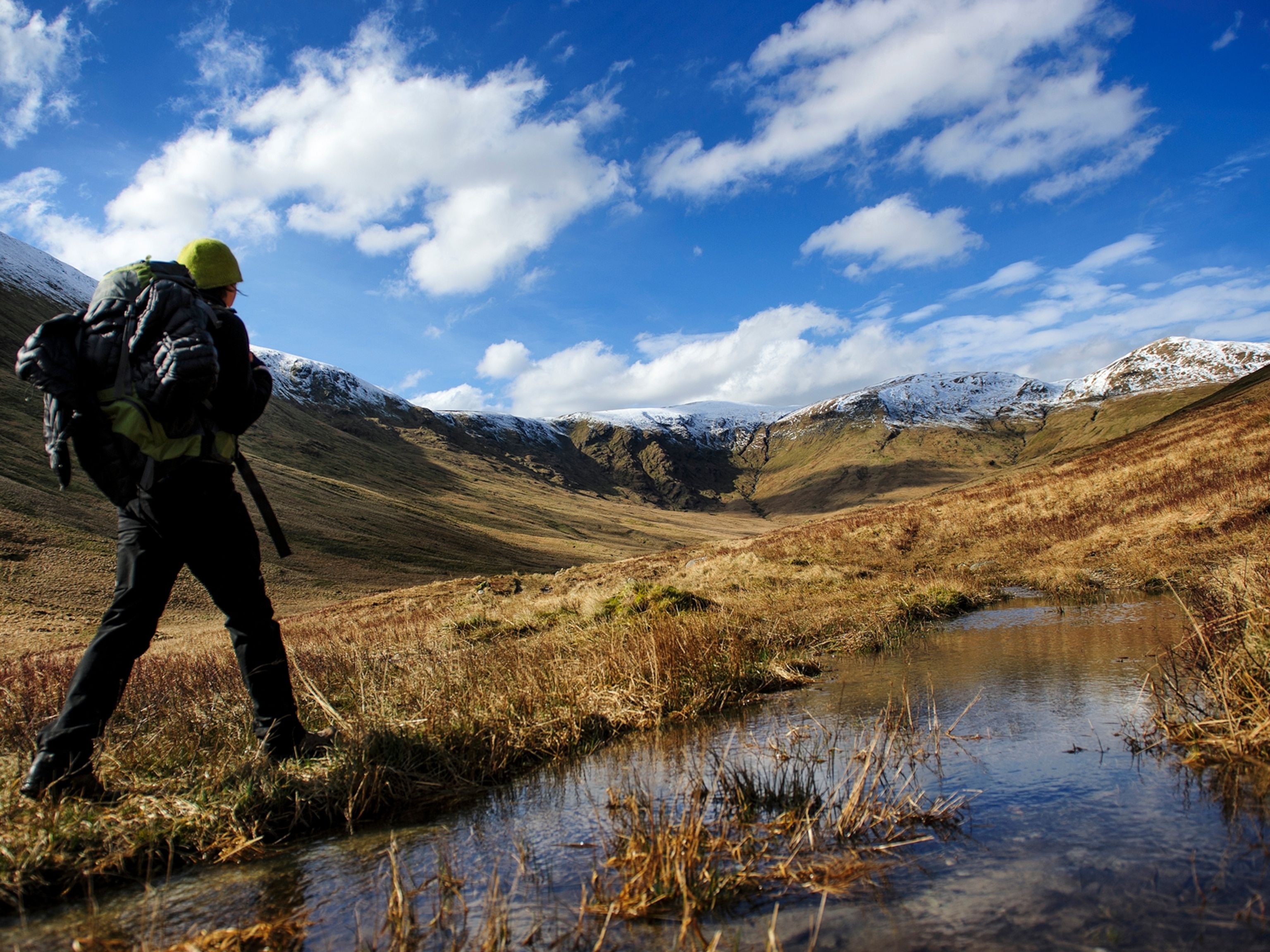
How to Build a Homemade Camp Stove
Learn to make a cheap, functional alcohol stove for your backcountry adventures.
A Super Cat stove can be made in ten minutes out of a three-ounce aluminum cat food can, using just a paper hole punch. It weights a mere 0.3 ounce, costs less than $1.50, and does not need a separate pot stand.
This stove is suitable for soloists and two-person groups who eat boil-only meals, like freeze-dried packages, angel hair pasta, intant beans and rice, and hot drinks. It is not suitable for large groups or for small groups that want to cook.
For fuel, use denatured alcohol or the yellow bottle of HEET, available in hardware stores and many gas stations. You can keep the fuel in an 8- or 12-ounce plastic bottle, and budget about 0.7 ounce of fuel per meal, as measured with a plastic medicine cup.
To maximize the stove's efficiency, use a one-liter pot that is wide and short, not tall and skinny. Also, an aluminum windscreen is mandatory.

Stove Assembly
- Remove the cat food and wash out the can.
- Flatten any sharp edges around the rim with the hole punch.
- Just below the can's lip, make a ring of holes with the hole punch. Leave a gap of about one-eighth inch between the holes.
- Below the first ring, make another ring of holes. This lower ring should have half the number of holes as the upper ring.
Assemble the Windscreen
- Tear off a length of aluminum foil that is about four inches longer than the circumference of your pot.
- Fold the sheet of aluminum foil in half lengthwise.
- Fold over the outer quarter inch of the windscreen twice to increase the rigidity and tear strength of its edges. Punch holes across the bottom of the windscreen, about one inch apart to improve airflow.
- Surround the stove and pot with the windscreen, leaving a quarter-inch gap between the pot edge and the windscreen, on average. The ends of the windscreen should overlap by one to 1.5 inches.
Use the Stove
- Pour fuel into the stove. Do not pour more than is necessary. The stove does not have an off switch, and it is difficult to blow out.
- Light it with a match and wait 20 to 30 seconds for the fueld to start visibly boiling.
- Place your water-filled pot on top of the stove and surround the stove and pot with the windscreen. It will boil 1.5 to two cups of water in about seven minutes.
- National Geographic Expeditions
To protect the stove and windscreen during transport, store both inside the pot—with the windscreen at the bottom—and fill the remaining space with food to prevent them from bouncing around.










































